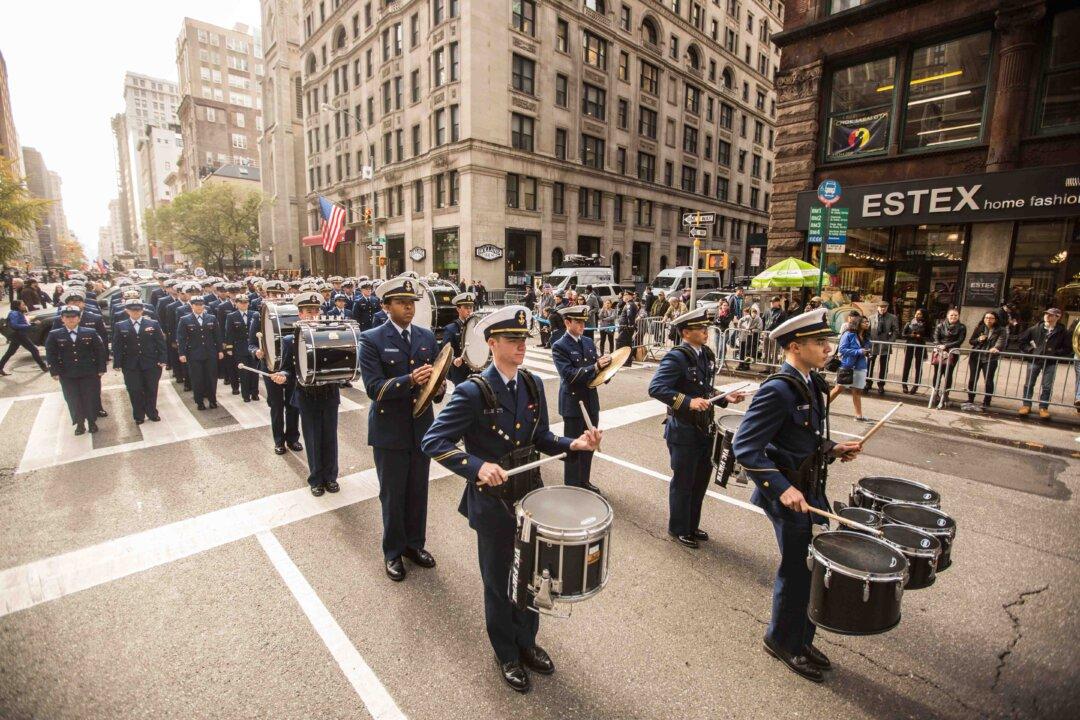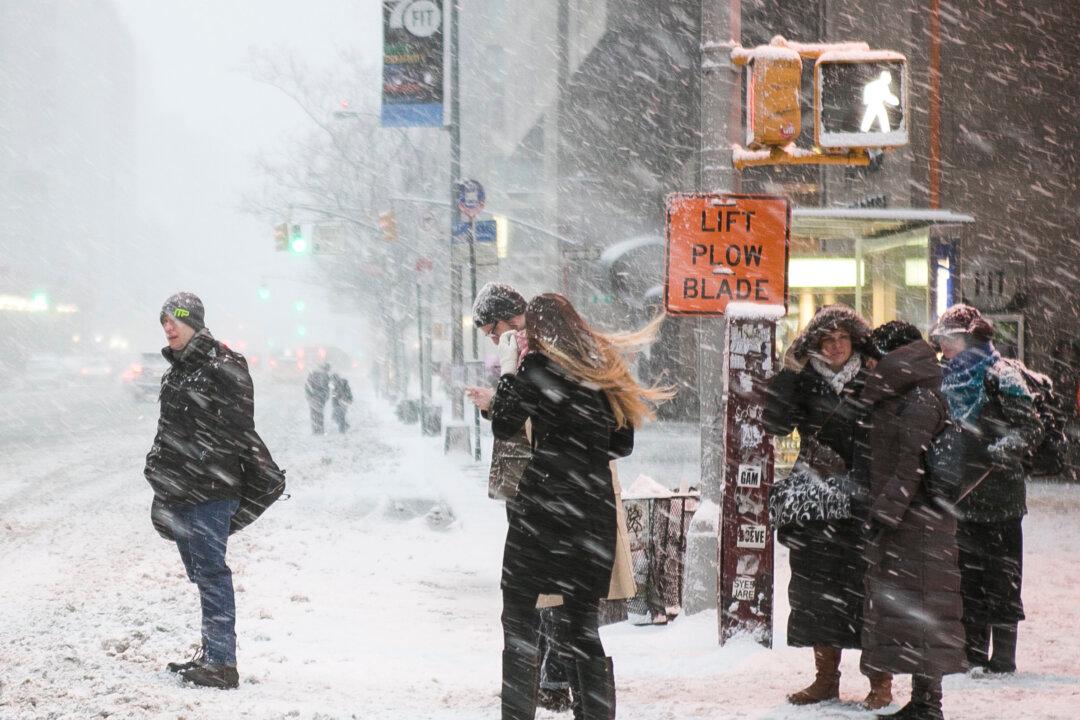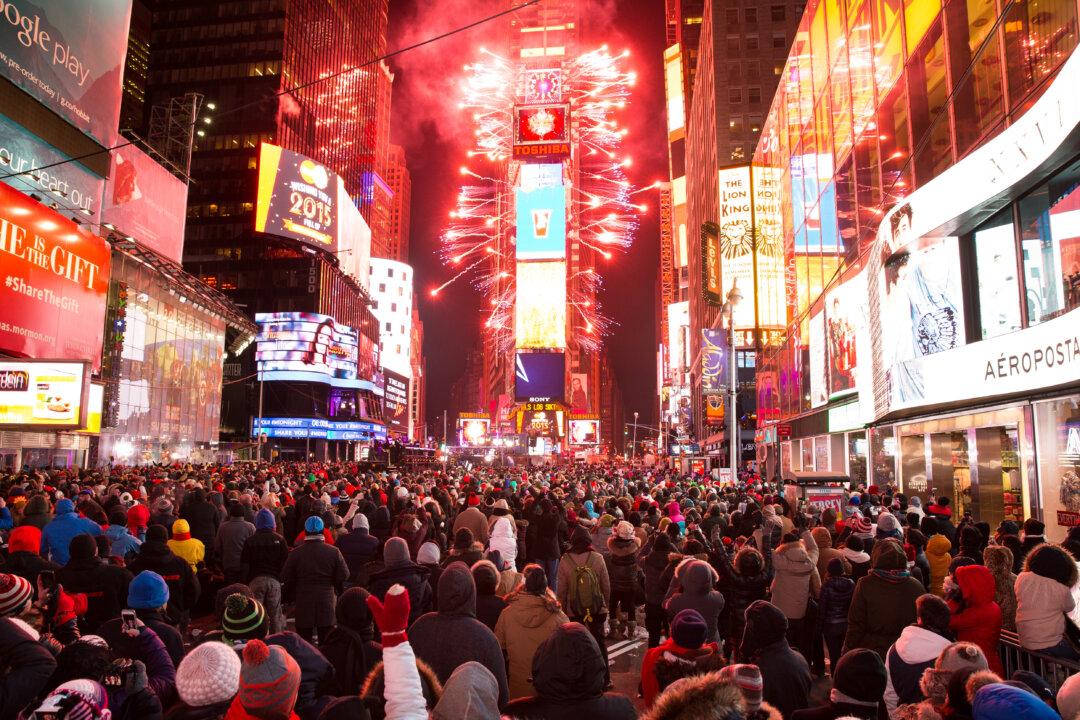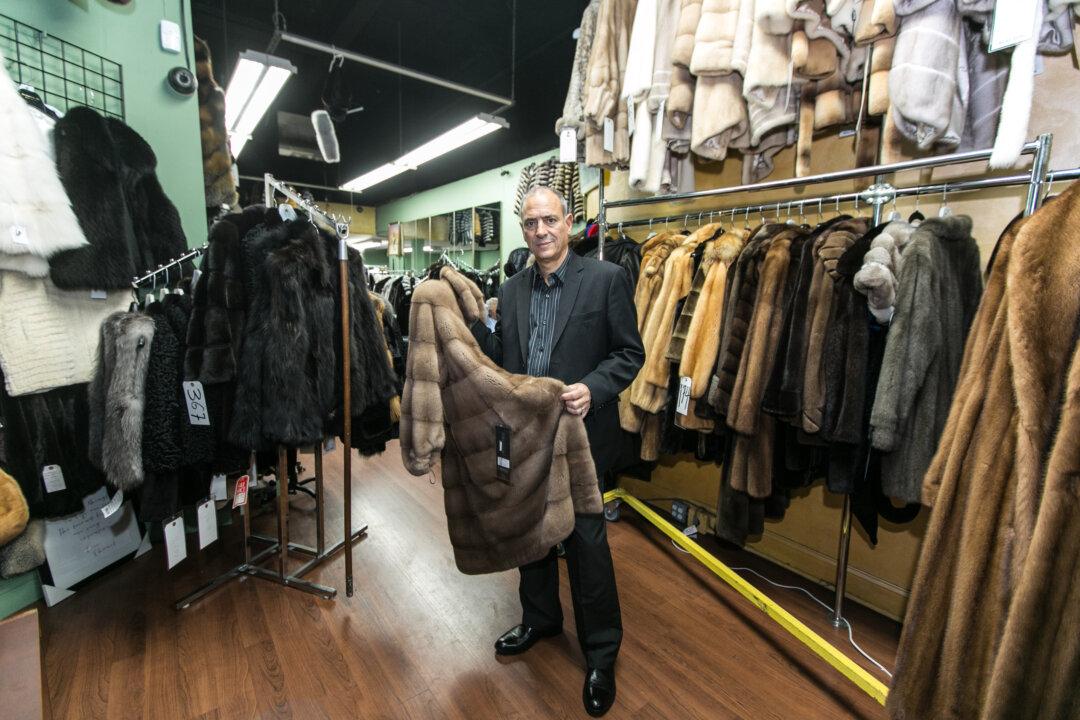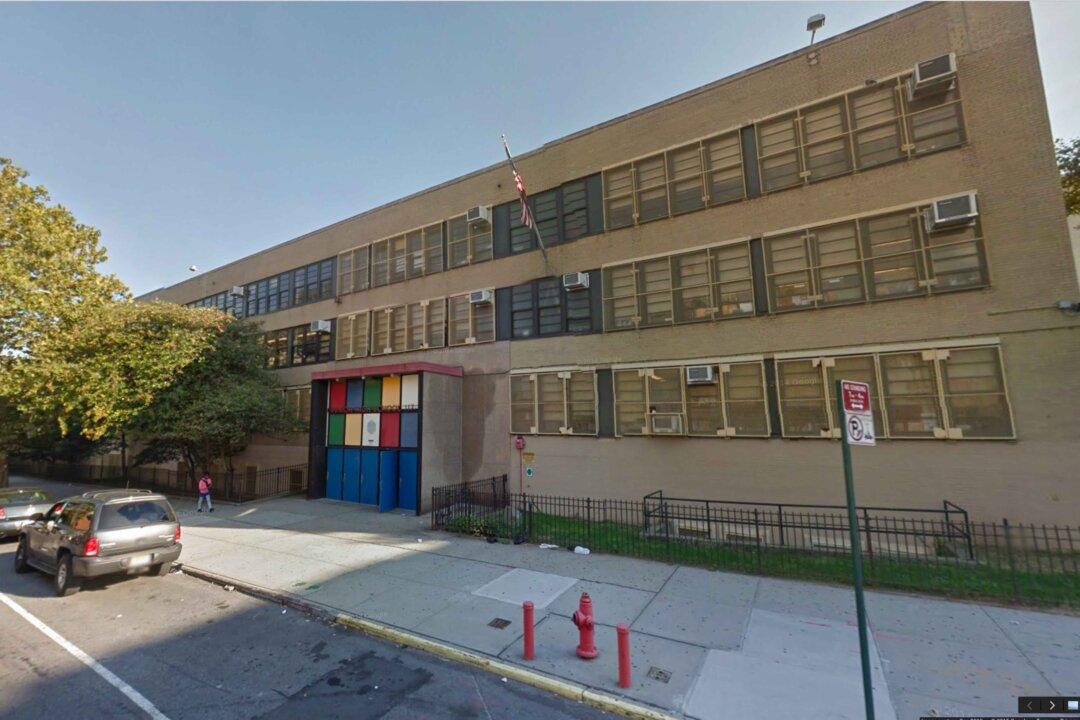Coast Guardsmen march in the Veterans Day Parade in New York on Nov. 11, 2015. (Benjamin Chasteen/Epoch Times)
NEW YORK—On Veterans Day, Americans are reminded of the courage it takes to lift one’s right hand and swear the oath to defend the nation.
It’s a day for Americans to come out to show respect to the hundreds of thousands of men and women who have served the country. It also helps raise awareness of the multitude of challenges experienced by veterans transitioning to civilian life.
Many of the problems faced by veterans have been slowly alleviated. The drop in veteran unemployment rates, for example, serves as a precedent to show how support from the community and Congress can play a key part in improving every aspect of veterans’ lives.
New York City Mayor Bill de Blasio said at the Veterans Day parade opening ceremony at Madison Square Park that it was crucial for Americans to recognize the challenges experienced by veterans.
“We have to be there with the help whether that’s physical health services or mental health services, whether that’s housing or whether that’s jobs. We know that there’s a lot to do,” de Blasio said. “It’s a day to celebrate, a day of honor, but it’s a day of action too.”

